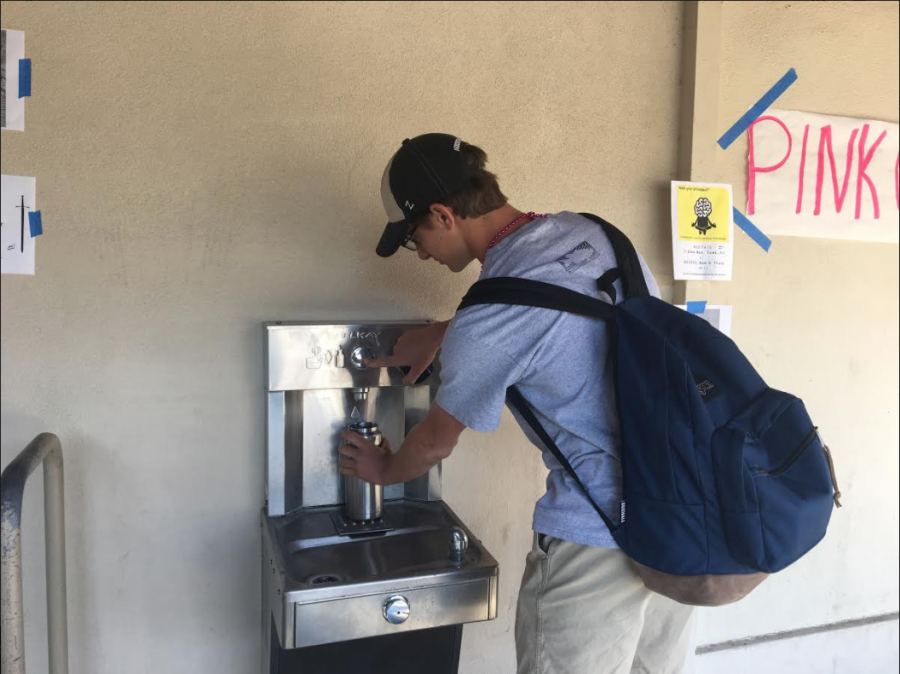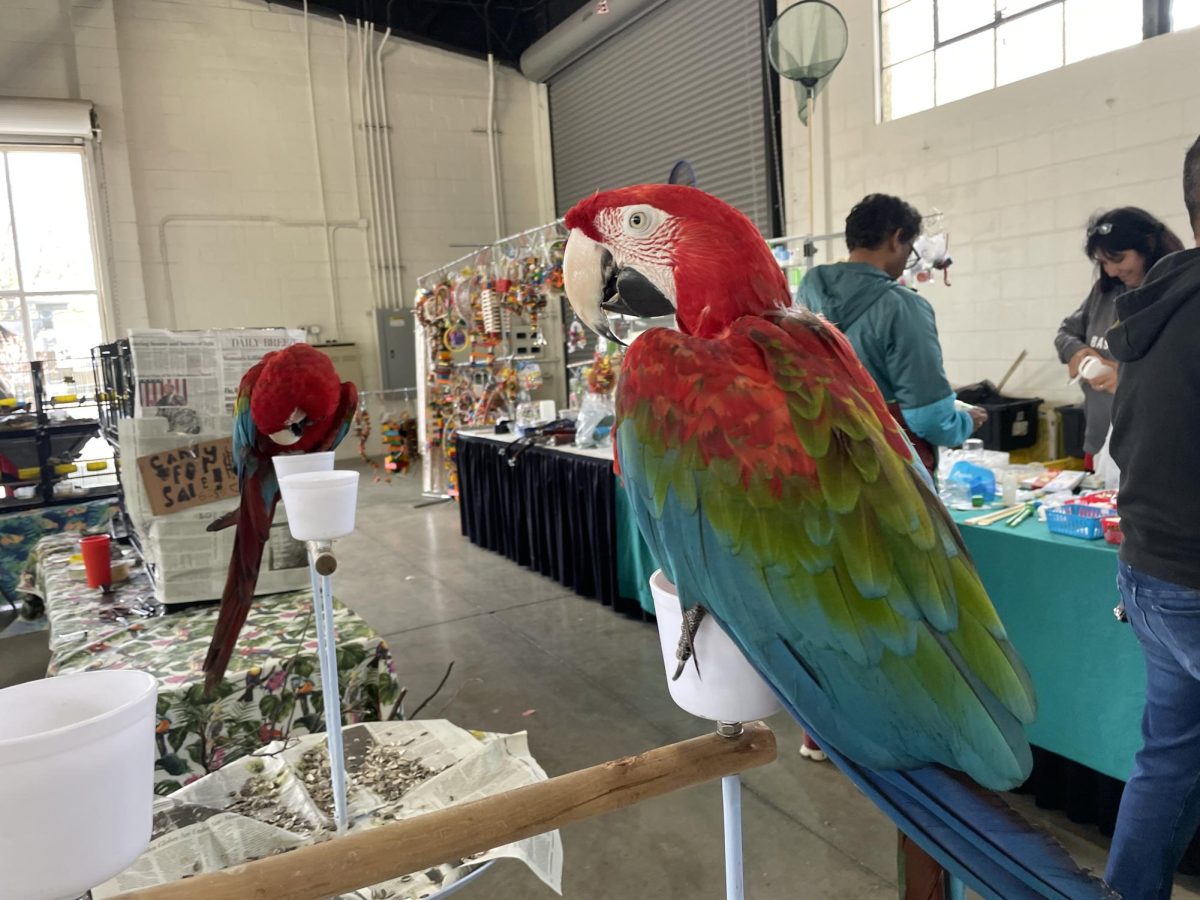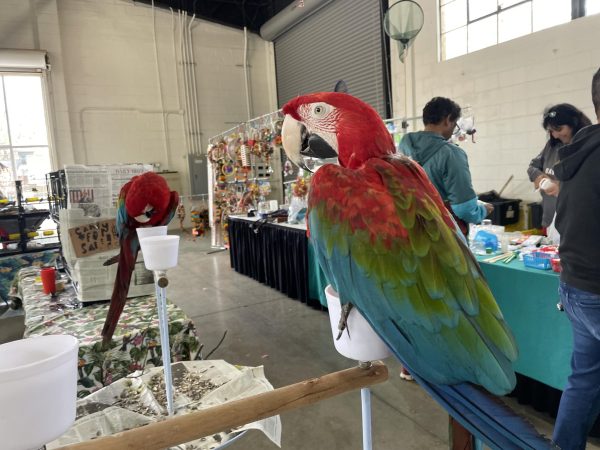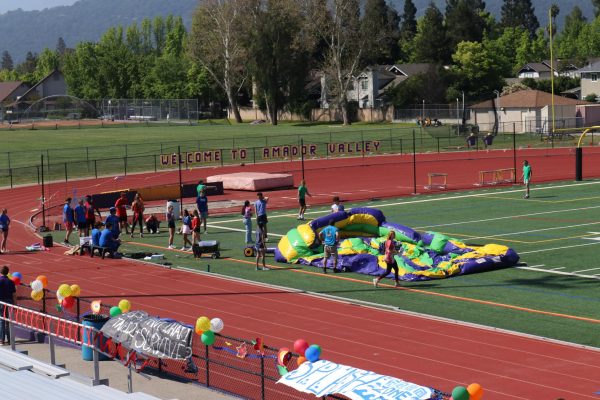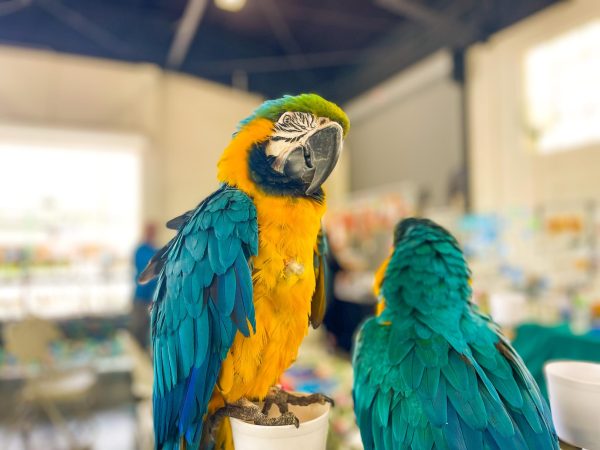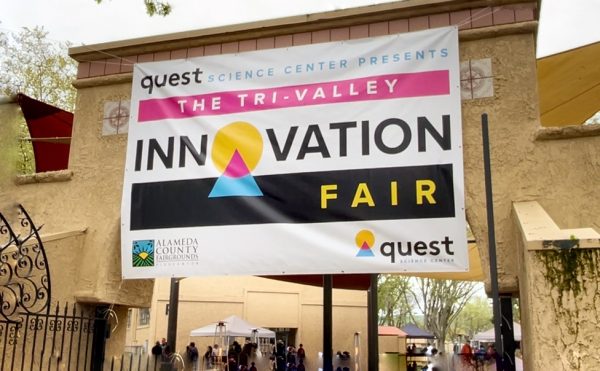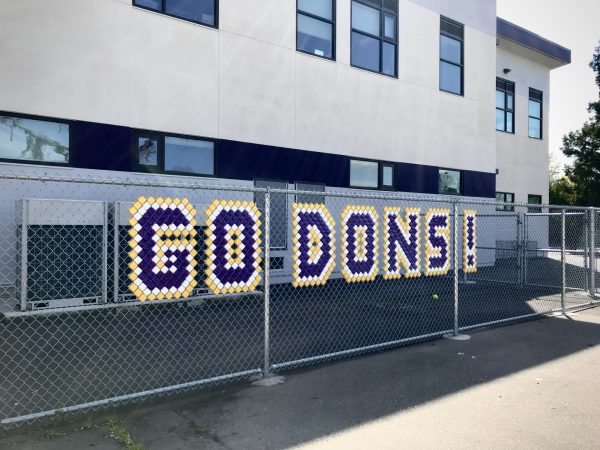The Spread of Lead at Amador
Michael Cassetti (’19) fills up his Yeti water bottle at one of the hydration stations here on campus.
October 19, 2018
Students around campus rely on the school hydration stations and facets to provide them with drinking water. Many carry around reusable water bottles to refill throughout the day in order to stay hydrated.
Recently, however, testing on the water revealed that lead was present here at Amador.
For testing, a water system representative visited Amador to collect five different samples of water. The city took around sixty samples of water out of eleven of the fifteen schools in the district. The samples were then tested for lead content.
At Amador, the water tested behind the campus’ G building, displayed a level of 16 ppb. This is just above the the States threshold of 15 ppb.
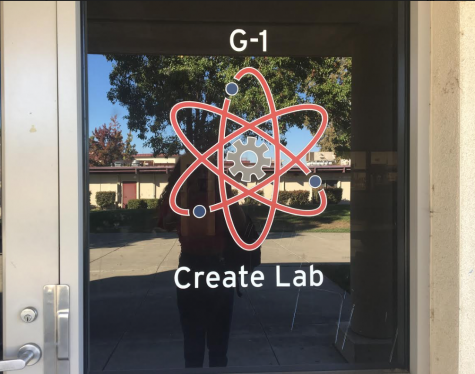
In the building, the water faucet has been gated, and as a safety precaution, no faucets or water sources in the building are allowed to be used. Instead an alternate hand washing station has been put in place.
Still many staff and students are worried about the issues and the potential risks.
Lead is a toxic metal that can be very harmful to the health of children and adults. Even at low exposure, lead poisoning is possible. According to the EPA, lead in children’s blood can cause anemia, hearing problems, and slowed growth. In adults, those exposed to lead can suffer from reproductivity problems, cardiovascular issues, and decreased kidney function.
“As a student athlete, I drink water on this campus, and I don’t want to possibly be drinking lead or anything that could potentially cause harm, so I hope they find the source and way to fix the issue,” said Ashley Bauldin (‘19).
With the lead present in the G building, the Engineering class has mostly been affected.
“We have been without water since last Friday. They came in yesterday [October 17] and tested again, and we have to wait ten days for those results, so we are without water those ten days. Not having the water to use in the building does affect our 3D printing business a little bit because we need water to rinse our parts and not having a continuous flow of it makes it challenging,” said Engineering teacher, Tony Dennis.
As of now, it has been made clear that the other faucets and areas on campus are safe for use.
“The district did a thorough analysis of our water faucets and fountains. The other areas other than the G building have been deemed safe to drink from and are below the levels of the state threshold,” said Vice Principal, Eduardo Guereña.
More testing will be under way in order to fully determine where the lead is coming from and a solution on how to fix this issue.

